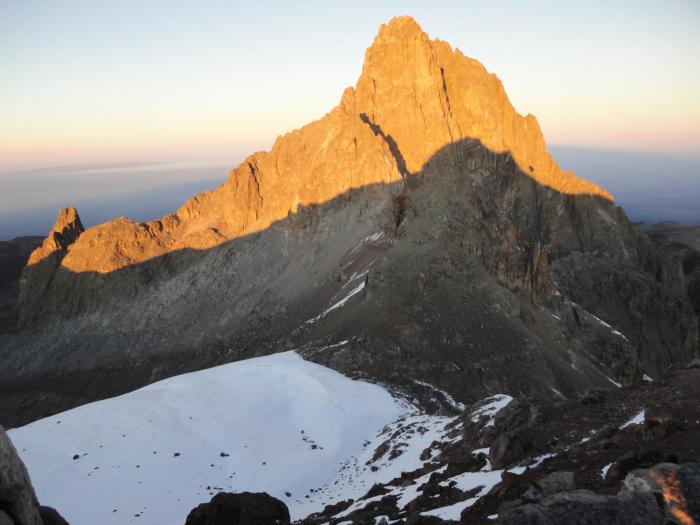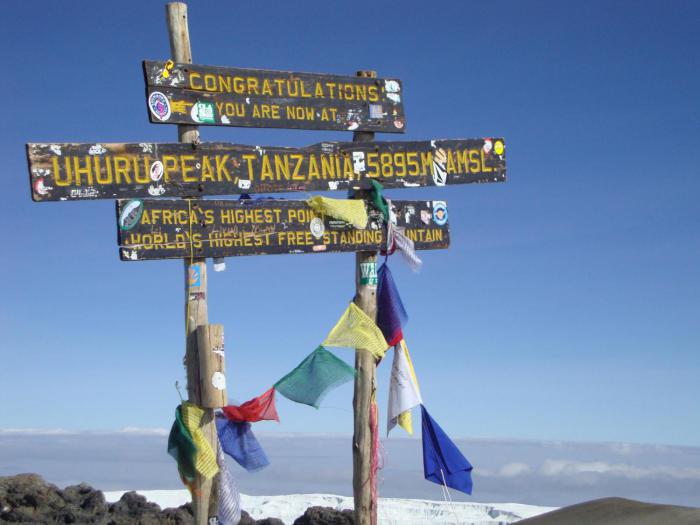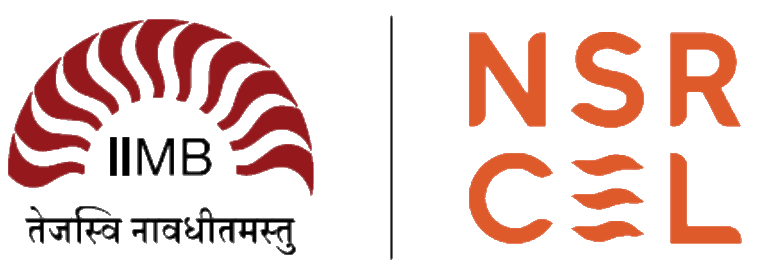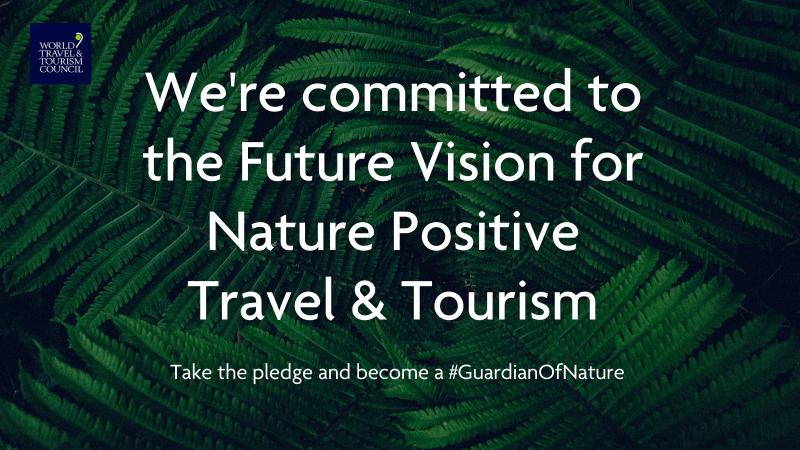
Mighty Kilimanjaro Rongai Rt.
Mount Kilimanjaro is Africa’s the highest free-standing mountain in the world (5,895 metres, 19, 341 ft), also known as “The Roof of Africa”. The vegetation and landscapes are amazing ranging from lush green rain forests to, wide expanse of moorlands, to alpine deserts to glaciers and snow-capped summit. Climbing Kilimanjaro is an unforgettable adventure. “Never measure the height of a mountain until you have reached the top. Then you will see how low it was.” (Dag Hammarskjold)
-
The Rongai Route is the only trail that starts from the Northern, or Kenyan side of Mt. Kilimanjaro. This route is easier and more scenic than the Marangu or Machame routes, and the success rate is very high. All climbers sleep in tents (tents are included) and meals are served in a dinner tent or on a blanket outside. The route starts on the north side of the mountain just south of the Kenyan border. The descent is down the Marangu Route on the south side of the mountain, so climbers see the mountain from many viewpoints.
















